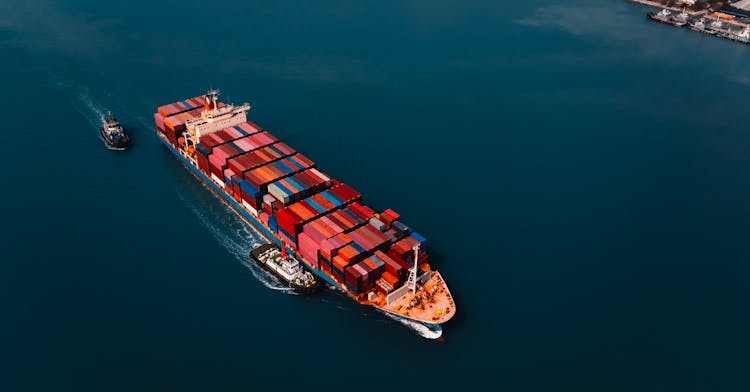
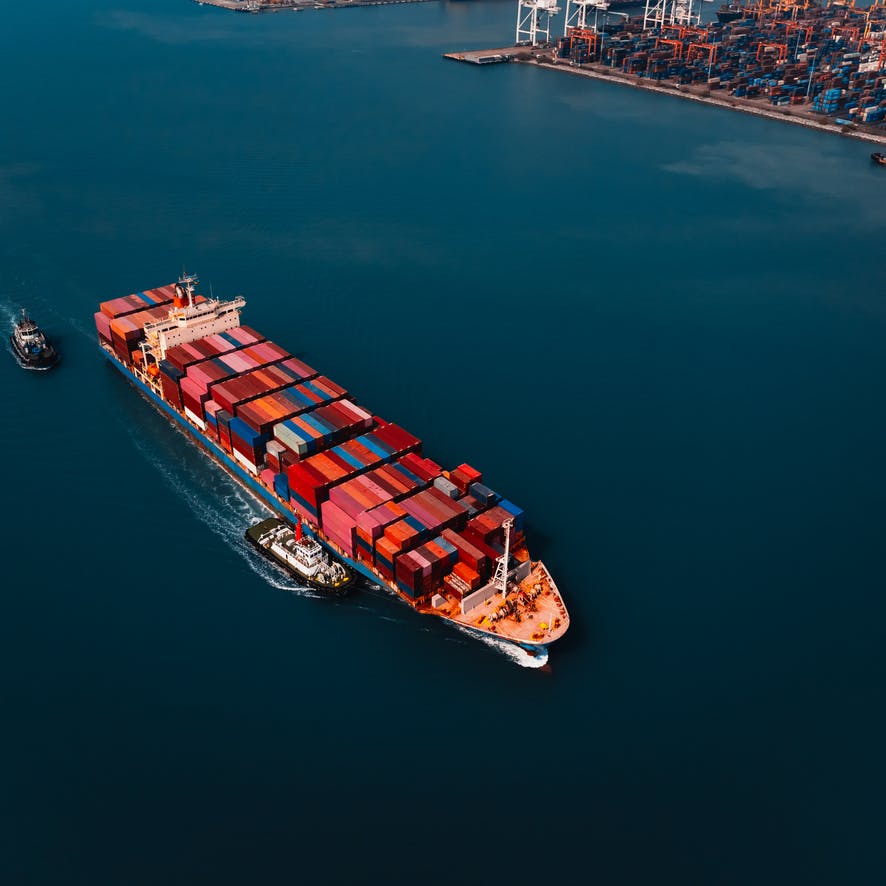
Article
Why the arrival notice needed a standardised digital approach


Press release
Smartflux joins DCSA+
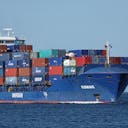
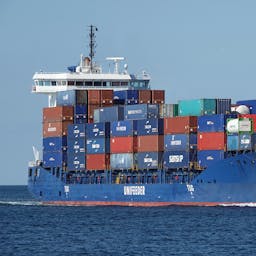
Unifeeder joins DCSA+ to strengthen digital alignment across global container logistics
Press release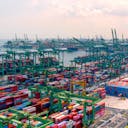

DCSA publishes Port Call Standard 2.0
Press releaseCredore joins DCSA+ to advance digital standards for scalable eBL adoption
Announcement
